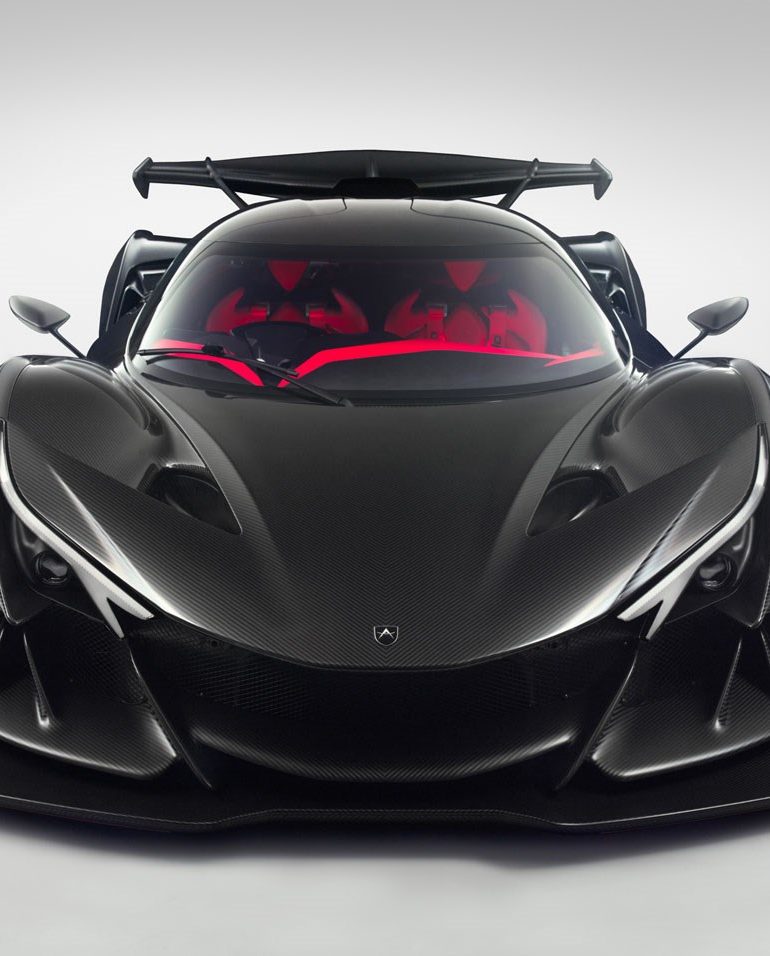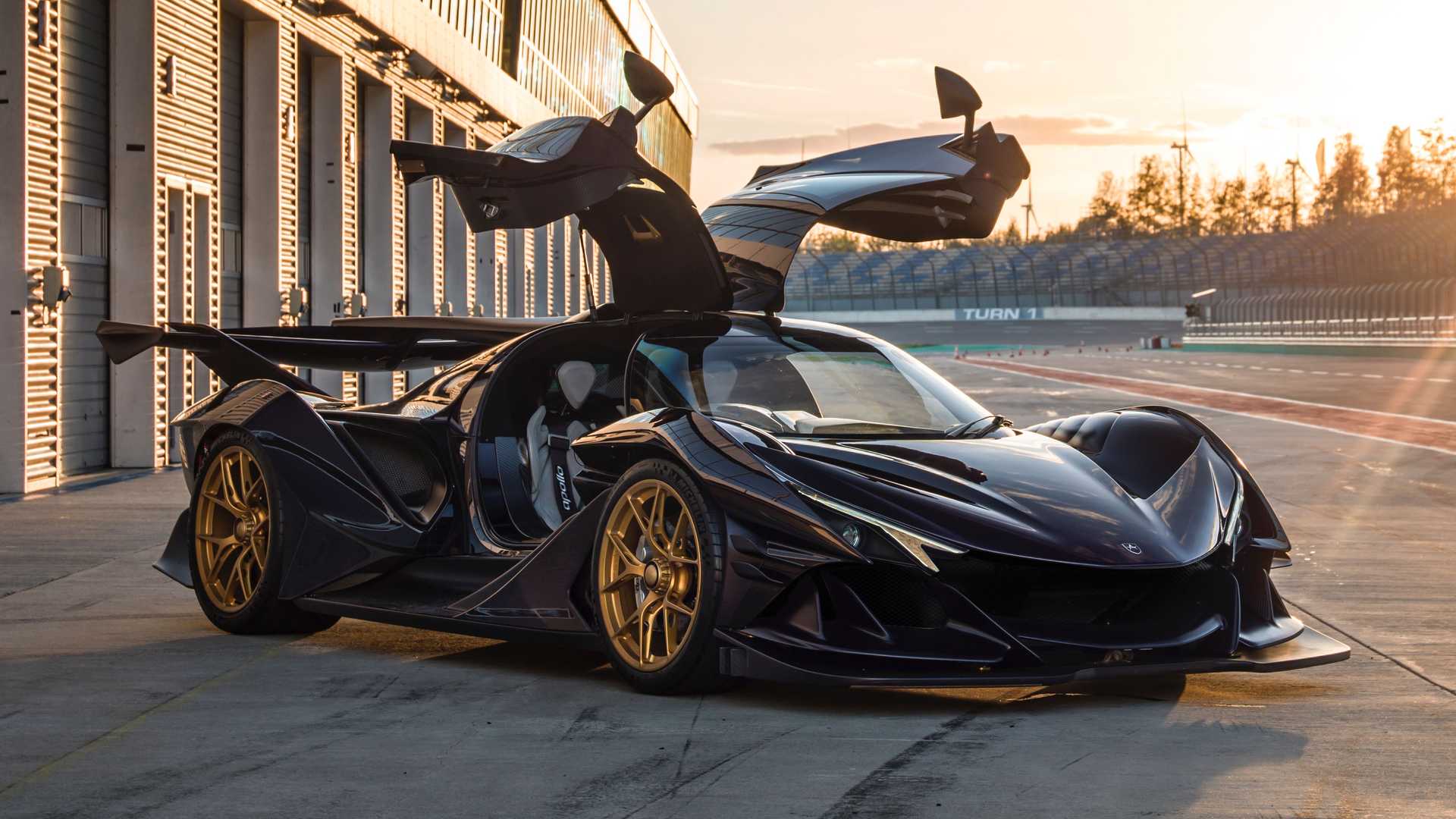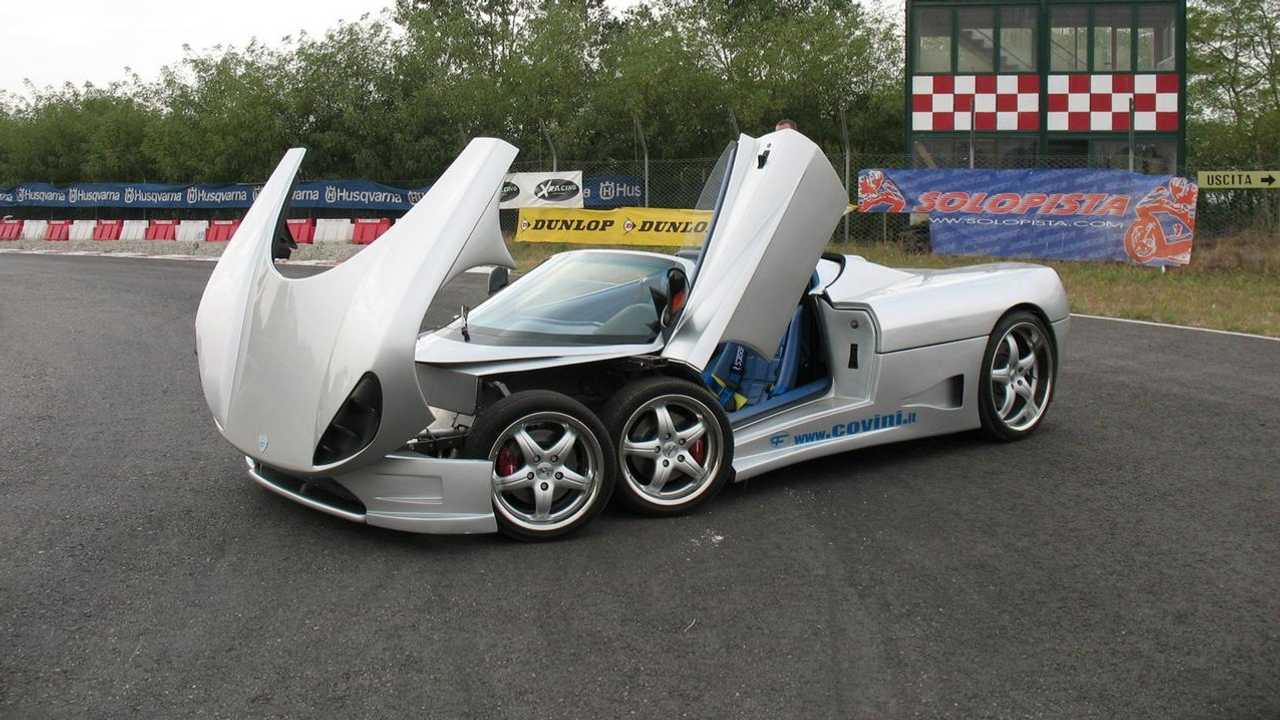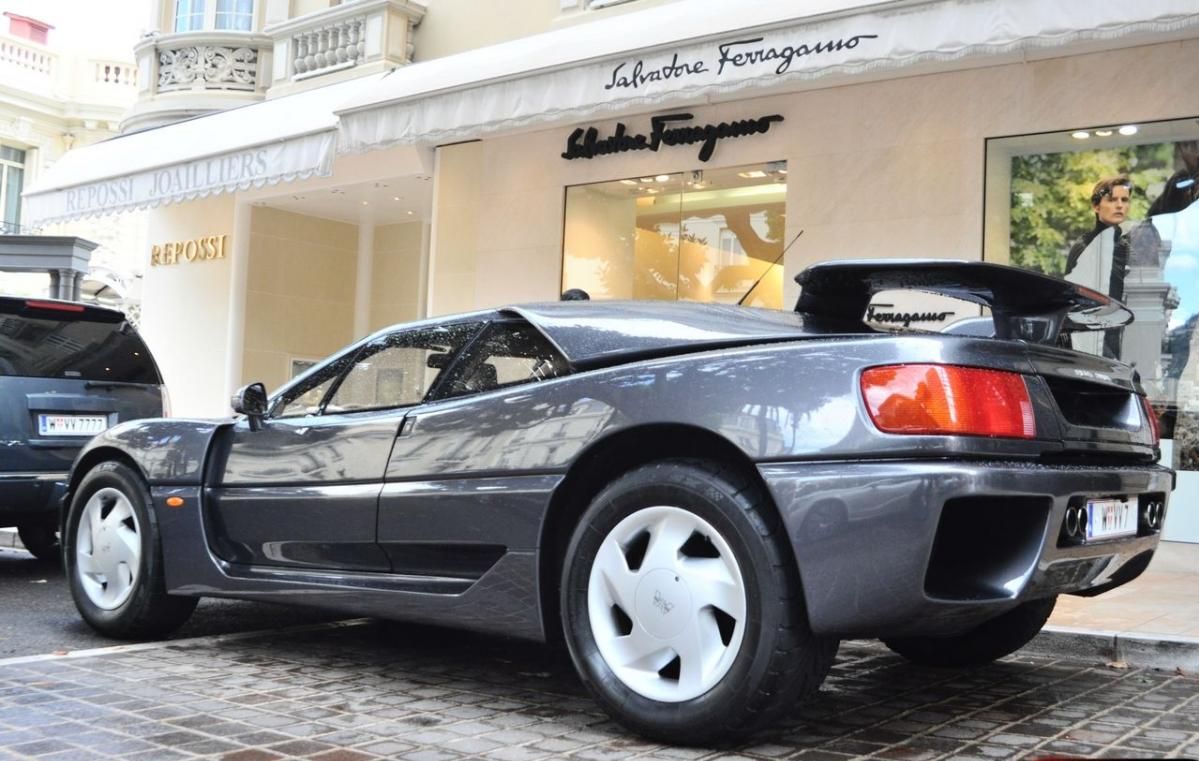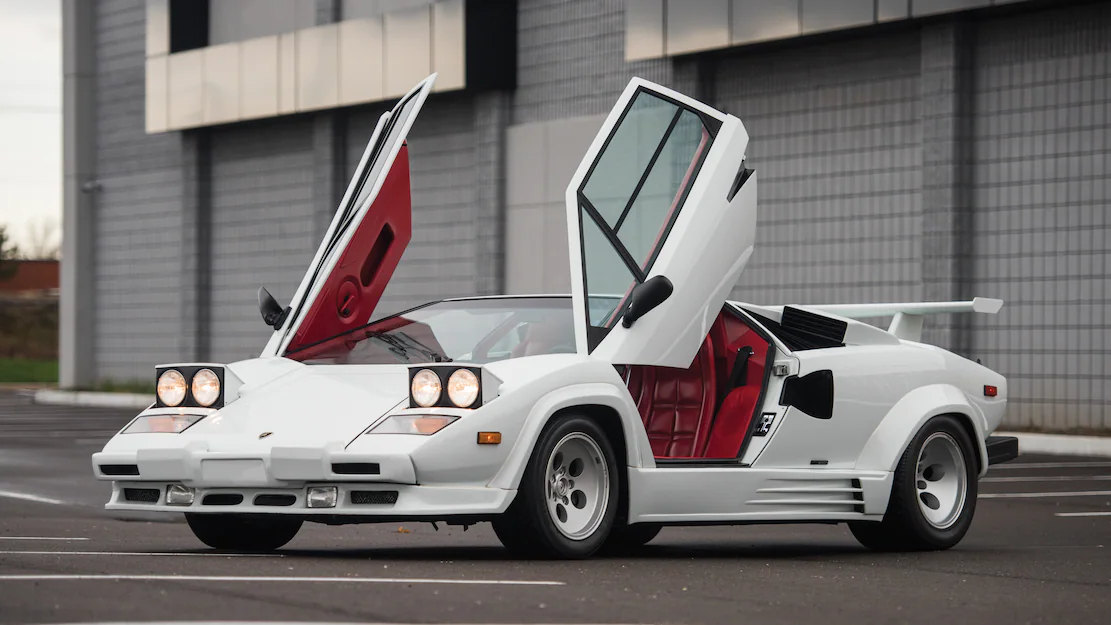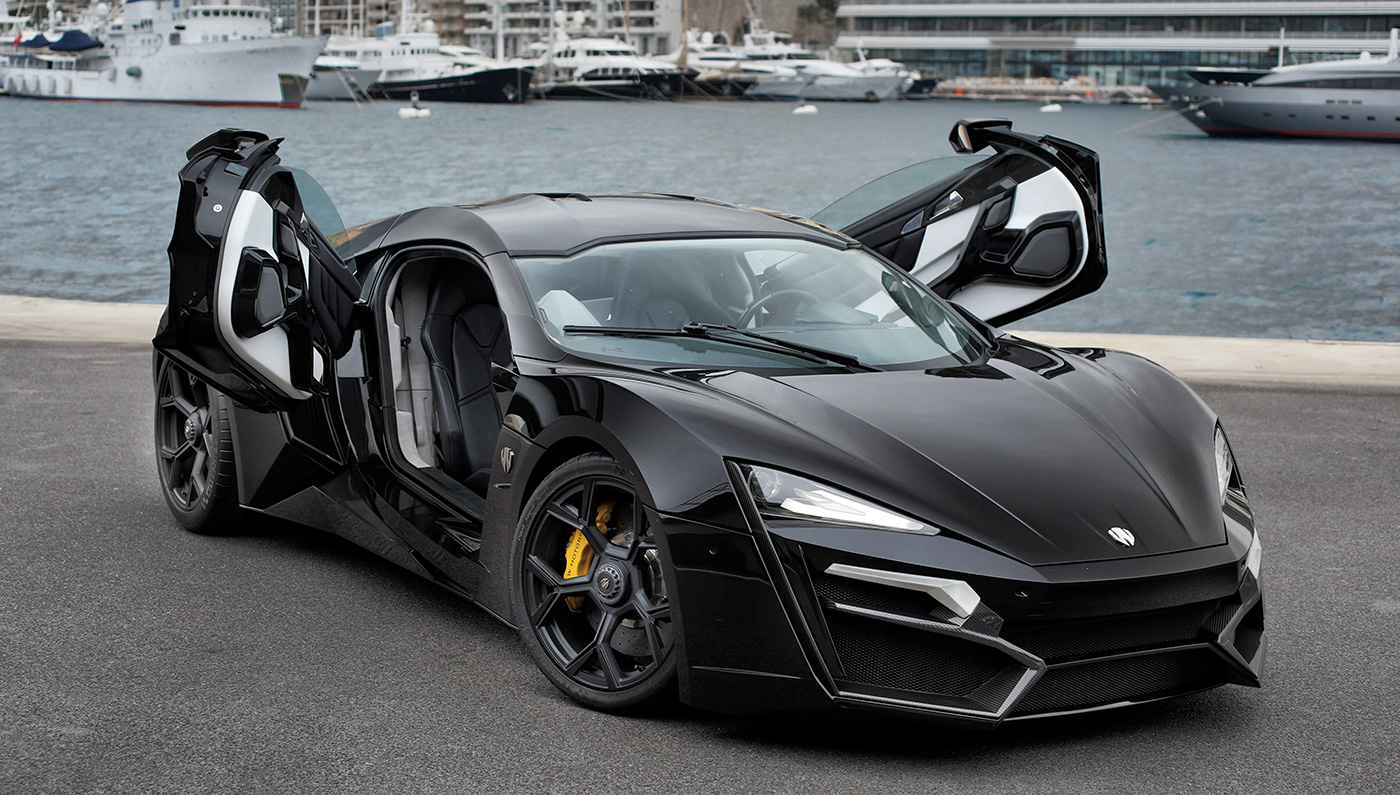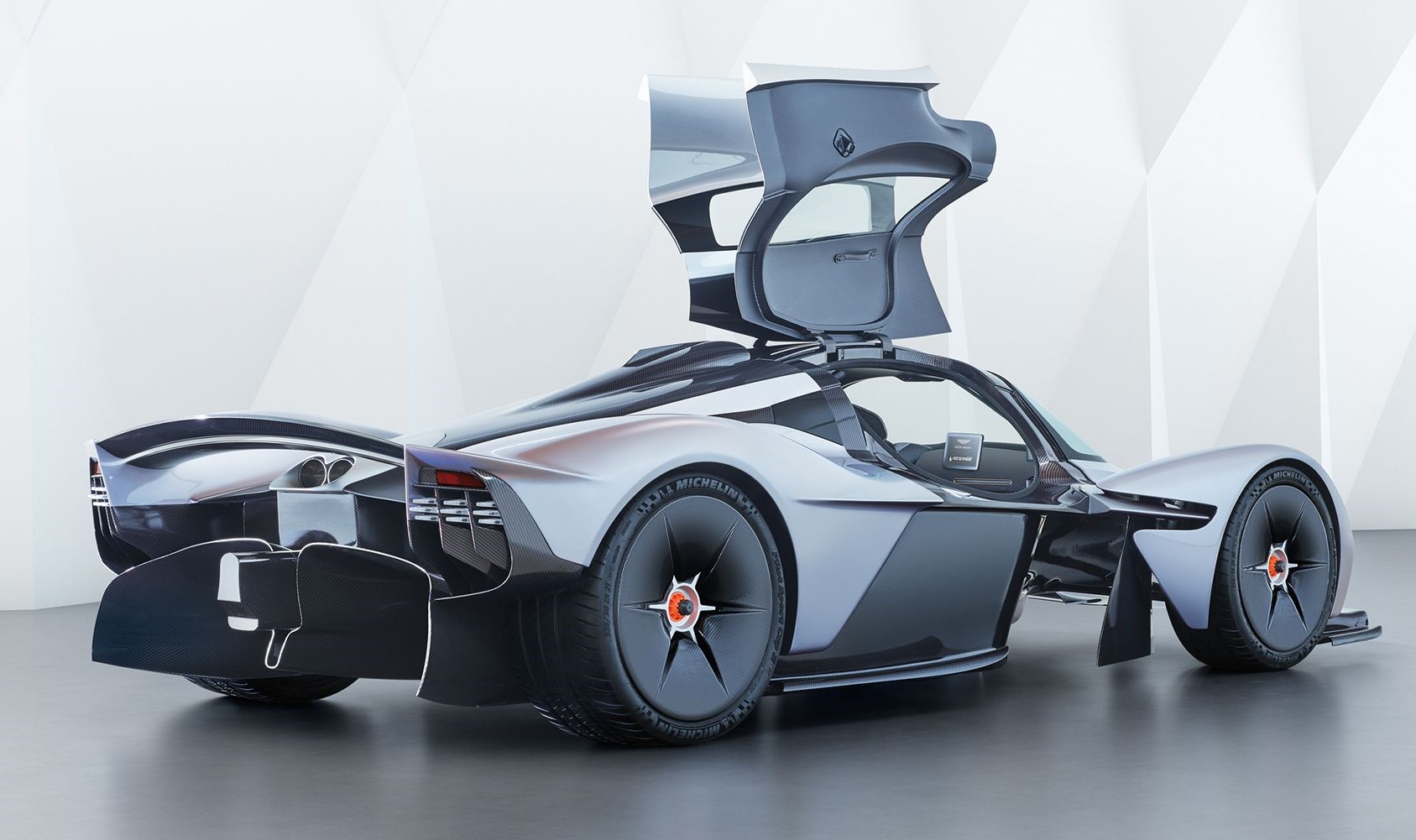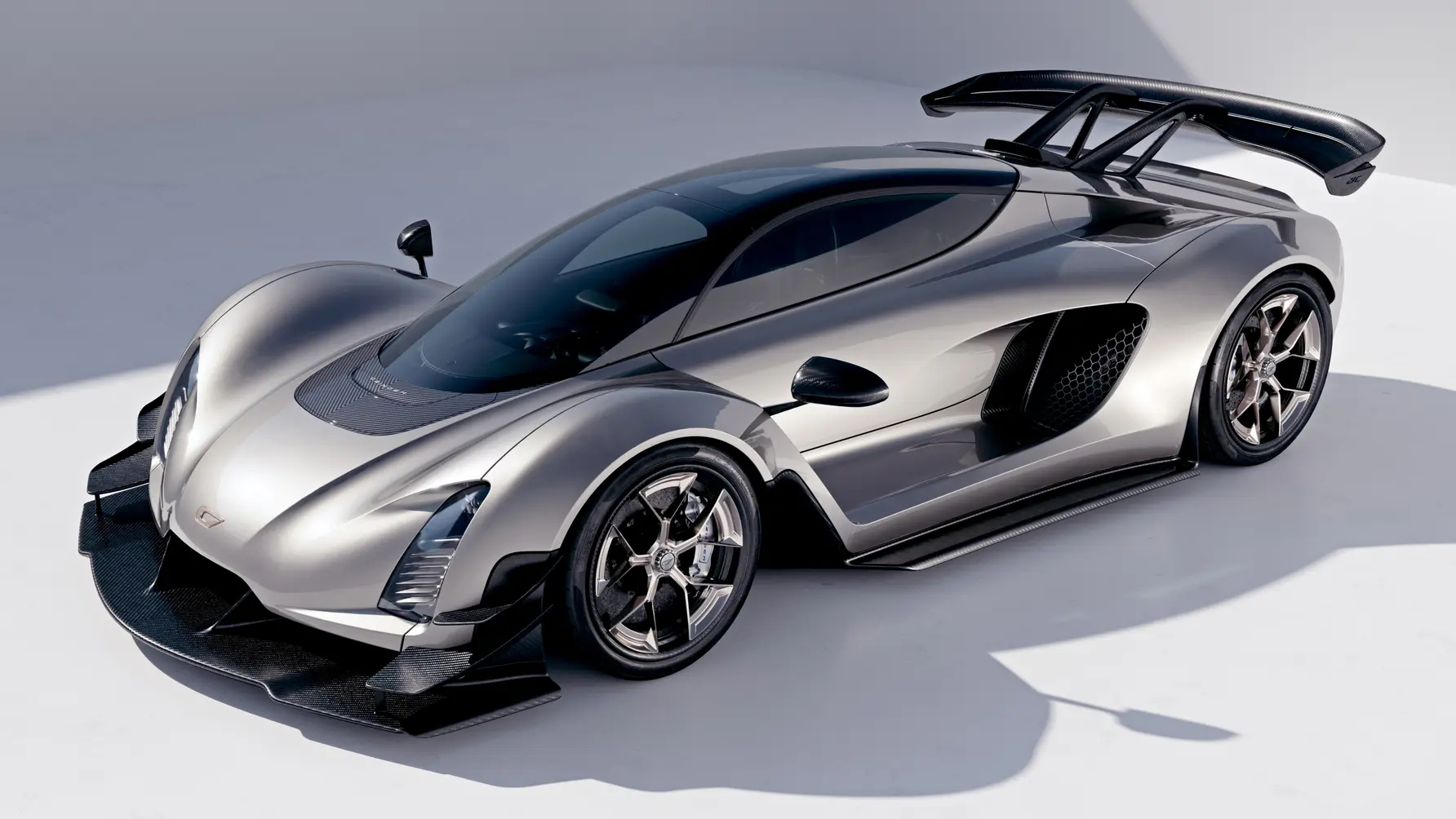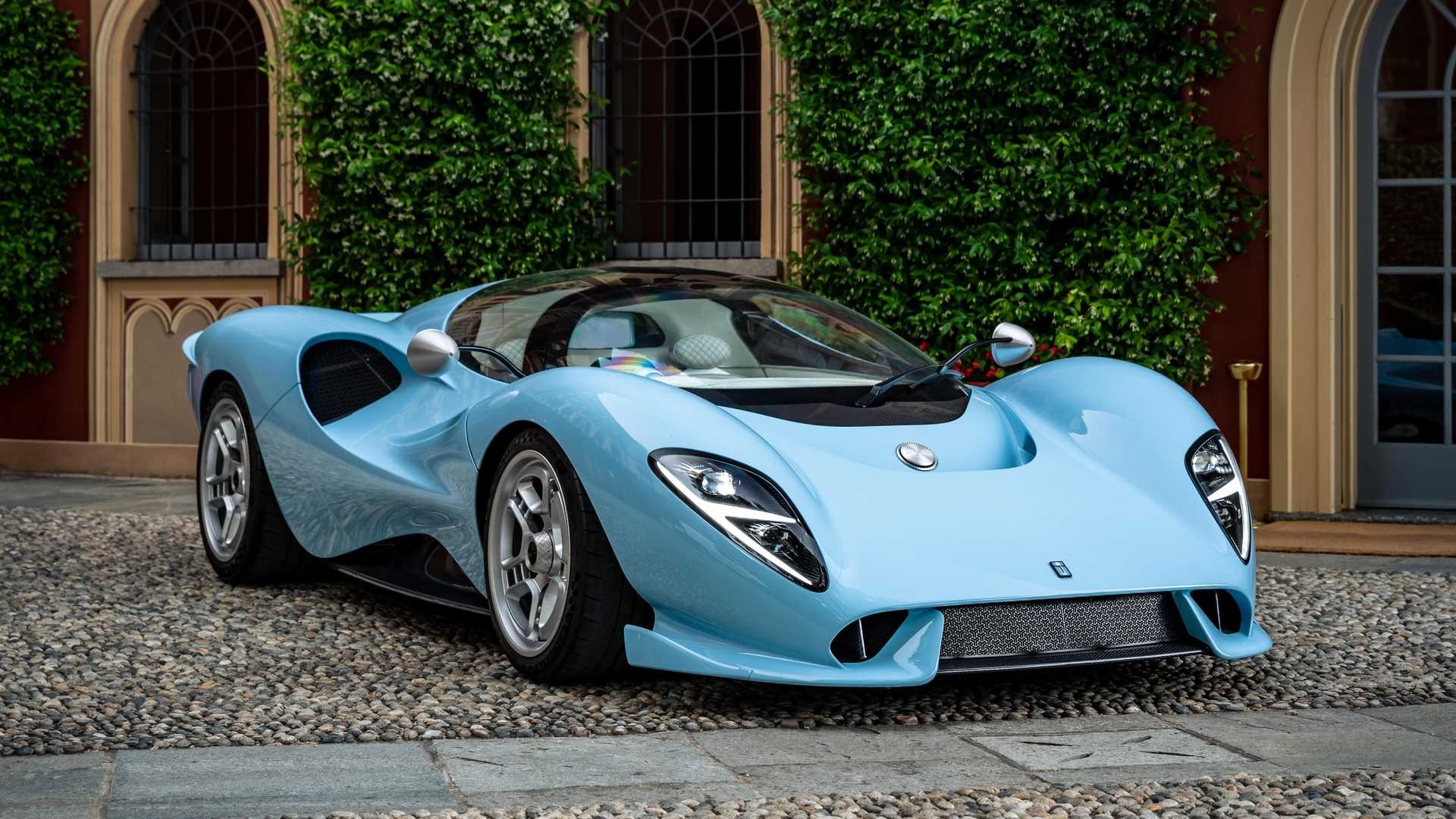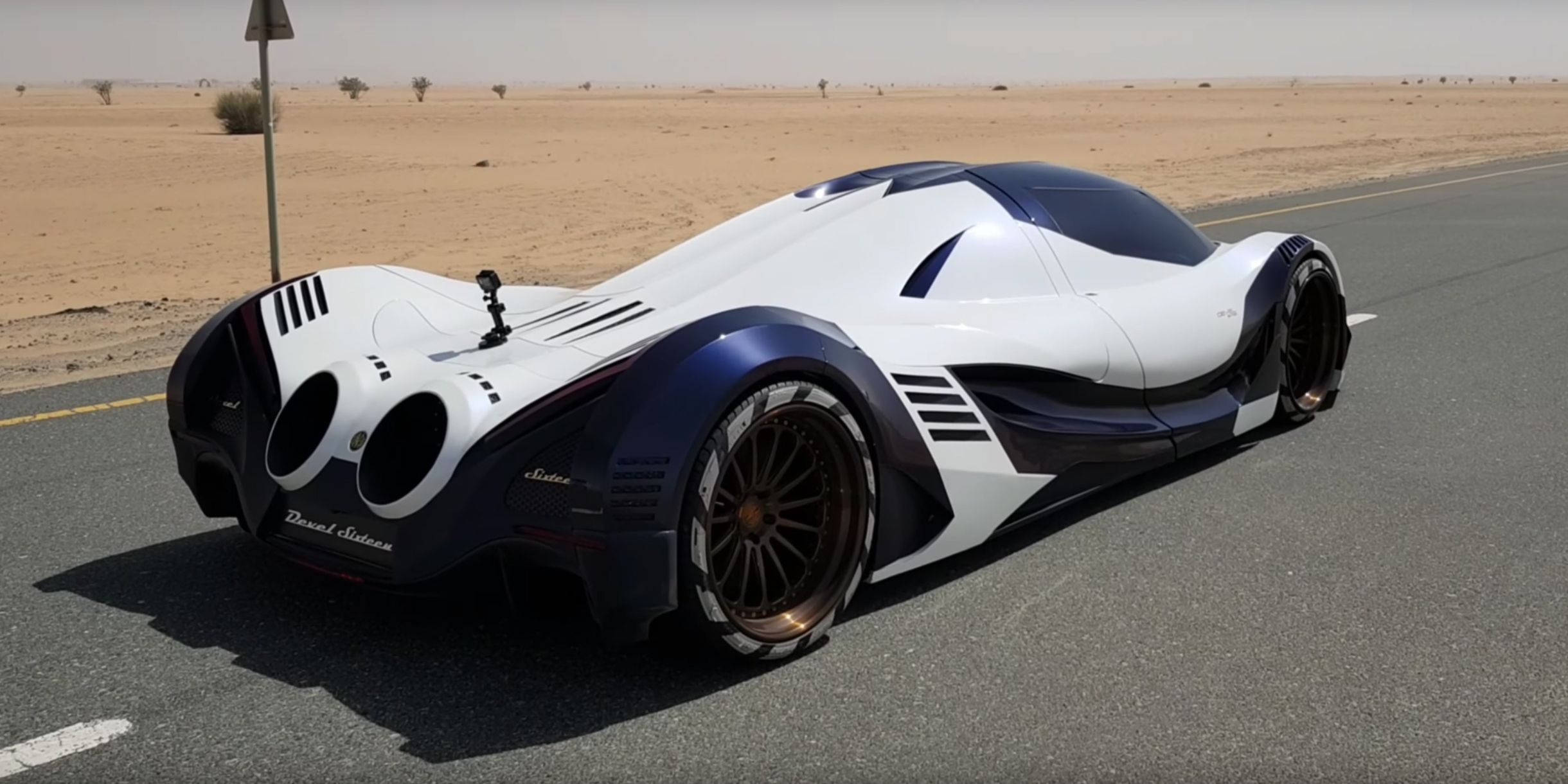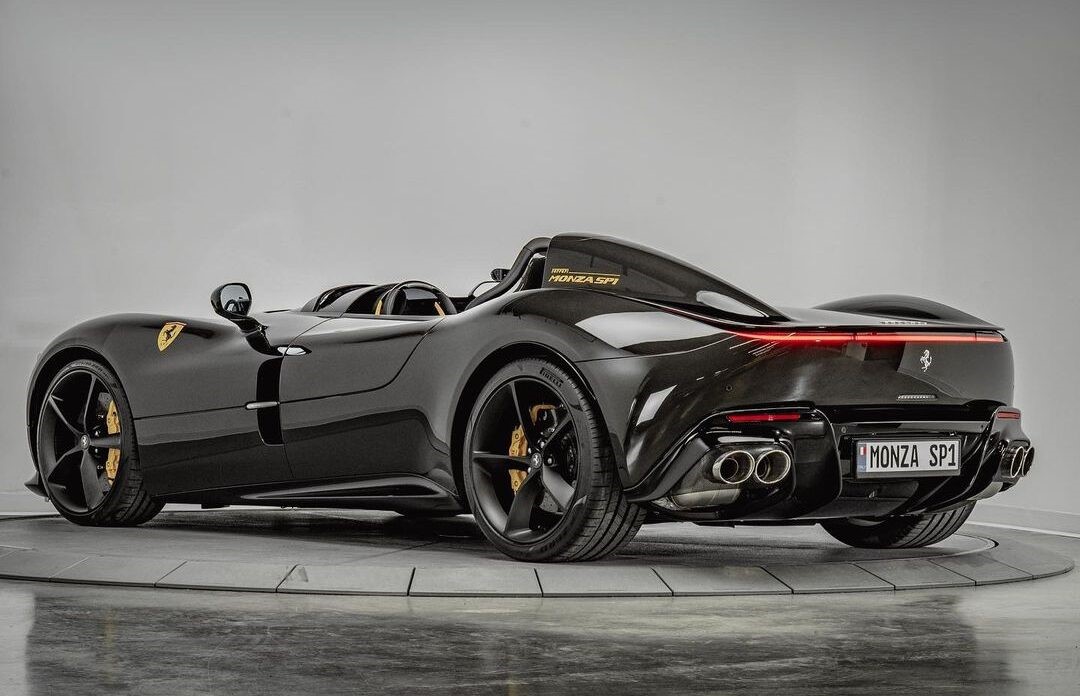Via Car Magazine
Supercars are typically characterized by a similar design theme. They are low-slung with a sleek profile that, for the most part, enhances aesthetics and aerodynamic efficiency.
However, even within that generic bucket, there still exist supercars with far-reaching styling touches and an overall appearance that immediately sets them apart from the rest.
For some, such drastic design elements are driven by functional considerations, tweaks that boost the car’s overall performance.
For others, it’s simply a matter of pure appearance, making the car much more noticeable. Read on, then, and check out a few supercars that feature some of the most outrageous designs within the automobile industry.
Apollo Intensa Emozione
Via Motor1
Intensa Emozione is Italian for intense emotions, and that is precisely what this limited-series hypercar sets out to achieve. You either love it or loathe it. However, there’s no denying the rush of emotions when you behold this otherworldy monstrosity that looks more at home in a Star Wars fleet than on race tracks here on Earth.
The design of the Apollo IE is said to be inspired by apex predators (whatever that means). It features an incredibly complex carbon-fibre profile, with the highlight being a massive rear wing stuck at the rear end. Those lines and angles are not just for show.
The designers claim that the Apollo IE is so aerodynamically efficient it can generate up to 2,998 lbs (1,360 kg) of downforce at 186 mph. Production is capped at ten units, each priced way north of $2 million.
Covini C6W
Via Motor1
No doubt, Covini Engineering triggered a firestorm within the car community when it introduced its C6W supercar in the early 2000s. The supercar was powered by an Audi-sourced V8 that cranked out a respectable 434 hp.
However, the power output or performance, for that matter, will take a back seat once you set eyes on the Italian supercar for the first time. See, the Covini C6W is defined by a frame stretched out to accommodate six wheels.
The engineers behind the outlandish design claim that the extra wheels provide better braking and grip. They also reduce the risk of aquaplaning and deflated tires. Interestingly, Hennessey Performance is also working on a six-wheeled hypercar that is expected to debut sometime in 2026.
Aixam Mega Track
Via AutoData1
The bold idea behind the 1990s Aixam Mega Track earned it a spot on this list. An off-road supercar? Sure! Why not? The wedge-shaped supercar was conceived by French carmaker, Aixam as an all-terrain vehicle.
On the supercar front, it did tick some of the major boxes – all-wheel-drive, naturally-aspirated V12 engine and a sub-6-second sprint time to 60 mph, not bad for a car that weighed over 2 tons. It also had a hydraulic air suspension that raised the ground clearance from 8 to 13 inches.
Unfortunately, the idea was not well received at the time. Reports vary, but it is generally believed that less than fifteen units were made in total. Today, though, the concept of an off-road supercar is being revisited by the likes of Lamborghini and Porsche, proving that Aixam might have been onto something after all.
Lamborghini Countach
Via Motortrend
Yes, the poster car for many a car enthusiast growing up did sport a design far removed from anything ever seen in that era. Lamborghini needed something dramatic to build on the Miura’s legacy and settled on the bold, in-your-face wedge design of the Countach as the way forward. It was the right decision, with the Countach going on to become one of the most iconic Lamborghini cars ever made.
The car’s design highlights included a ‘cut off’ rear end, flattened profile and, of course, those signature scissor doors. There was nothing aerodynamic about the design, and certain elements, like the rear wing, were actually detrimental to the car’s overall performance and handling.
However, in terms of generating buzz and attention, no other car could match the Countach at the time.
Lykan Hypersport
Via Robb Report
The Lykan Hypersport is touted as the first supercar designed in the Middle East. Limited to a run of seven units, the Lykan Hypersport features an aggressive design that takes the concept of sharp edges and crease lines to a whole new extreme.
The styling was partly inspired by the Arabic symbol for seven, and it’s evident in several parts of the car, especially around the front and rear ends. The Lykan’s looks are rounded off with a unique deployable rear spoiler and what W Motors describes as a ‘patented reverse dihedral door system.’ The angular design theme of the Lykan also found its way into a sister car, the Fenyr Supersport.
Aston Martin Valkyrie
Via Road&Track
The Valkyrie is every bit as wild and exotic as the name suggests. It is, without a doubt, one of the most outrageous modern high-performance road-legal cars ever made. The Valkyrie was first unveiled as a concept in 2016, but somehow, the final production version looks even more extreme. Aston Martin developed the Valkyrie in partnership with Red Bull Racing, and the F1 influence is clearly evident in elements of the car’s design.
The engineers pursued aerodynamic efficiency with uncompromising ruthlessness. One of the design highlights is the full-length Venturi tunnels that frame either side of the cockpit floor – one of the many elements that help keep the Valkyrie planted on the roads as it’s being pushed to its limits.
Czinger 21C
Via Top Gear
US auto startup Czinger sure knows how to stand out in a crowded automobile segment. The Czinger 21C boasts up to 1,250 hp and a 1:1 power-to-weight ratio. Equally as impressive is the carmaker’s innovative approach to styling and design. The Czinger 21C is a 3D-printed hybrid hypercar, a first for the automobile industry.
The car, which draws inspiration from the SR-71 Blackbird jet, features a unique tandem-style seating arrangement where the passenger sits directly behind the driver, just like in a fighter jet. Somehow, the manufacturer was able to fully homologate the Czinger 21C for use on public roads. Just imagine something like this zooming past you on the highway.
De Tomaso P72
Via Auto Evolution
The unusual appearance of the De Tomaso P72 can be attributed to the designer’s retro-themed inspirations. The hypercar is essentially a modern interpretation of the race cars built by DeTomaso in the early 60s, particularly cars like the De Tomaso Sport 1000, Sport 2000 and Sport 5000 (also known as the P70).
The influence of these classic racers can be seen in the P72, in areas like the exaggerated wheel arches, tapered body waist, low-slung windshield and distinctive air intakes. The various elements combine seamlessly to create a vehicle unlike any other hypercar in the market today.
Devel Sixteen
Via Road & Track
The Devel Sixteen is far from your typical hypercar, a car so unusual in design and engineering that it was dismissed as vaporware for several years. Devel Motors, a Dubai-based automaker, first showcased the Devel Sixteen concept at the 2017 Dubai International Auto Show as a 5,000-hp behemoth. The whole idea seemed so far removed from reality, and the journey from concept to production was, understandably, plagued with a lot of problems.
However, Devel Motors refused to give up, and the first customer unit was delivered earlier this year. The Devel Sixteen sports a distinctive design – an elongated shape that flows into massive fighter-jet-style exhausts at the rear end. That, combined with a cockpit-style cabin, helps invoke the feeling of a fighter jet on the roads, just as the manufacturer intended.
Ferrari Monza SP1/2
Via DuPont Registry
Ferrari signalled a bold change in its design direction when it unveiled the Monza SP1 and SP2 hypercars. They were advertised as a limited-edition production, the first in a line known as the Icona series. The cars took their primary styling cues from the Ferrari racing barchettas of the ’50s. Being barchettas, the main highlight was the fact that the Monza hypercars were completely open-top, without any roof or windscreen whatsoever.
The Monza SP1 and SP2 are clear standouts in the modern era, but before long other carmakers were hopping on the trend. Bentley, Aston Martin and McLaren soon unveiled their topless creations, using a clever combination of brand loyalty, limited supply and an eye-watering price tag to stimulate demand.


